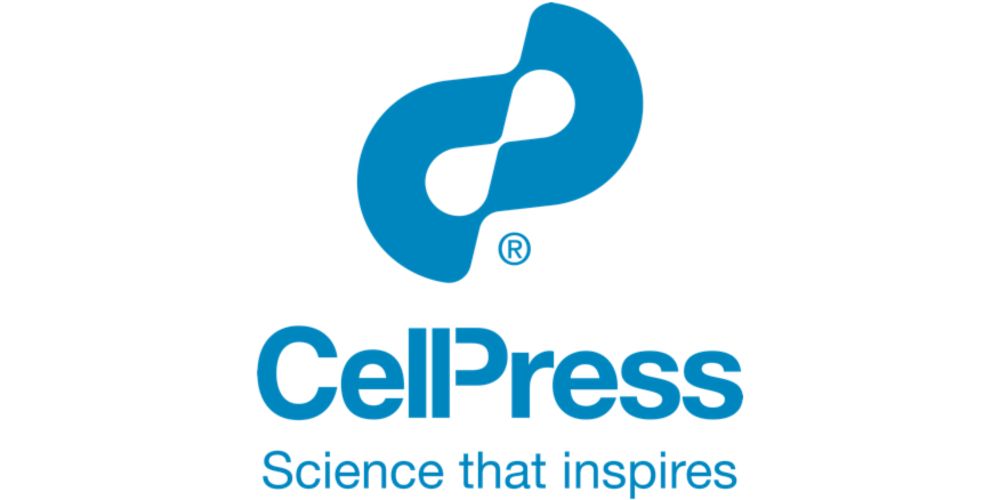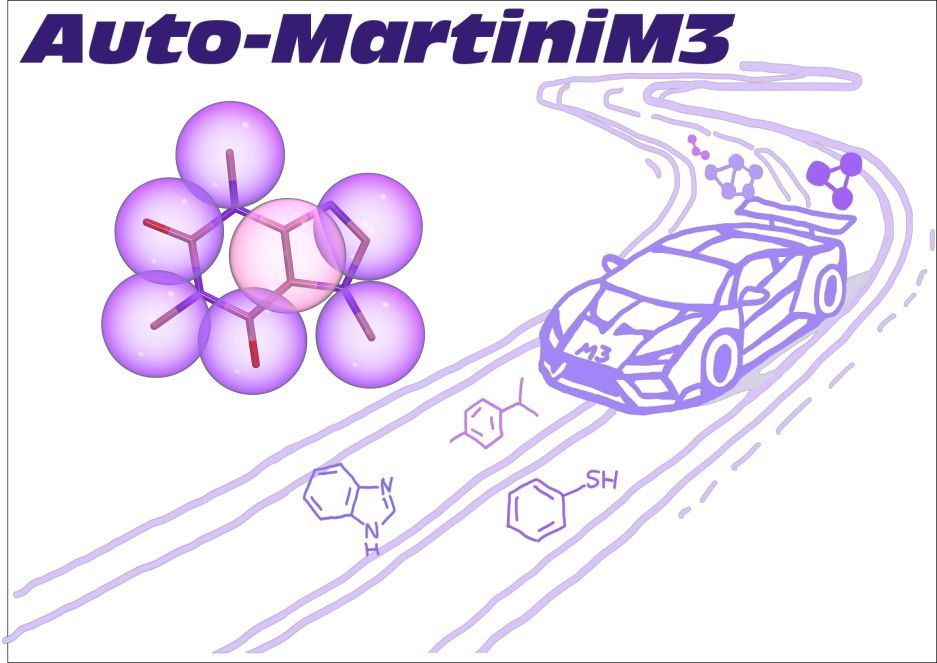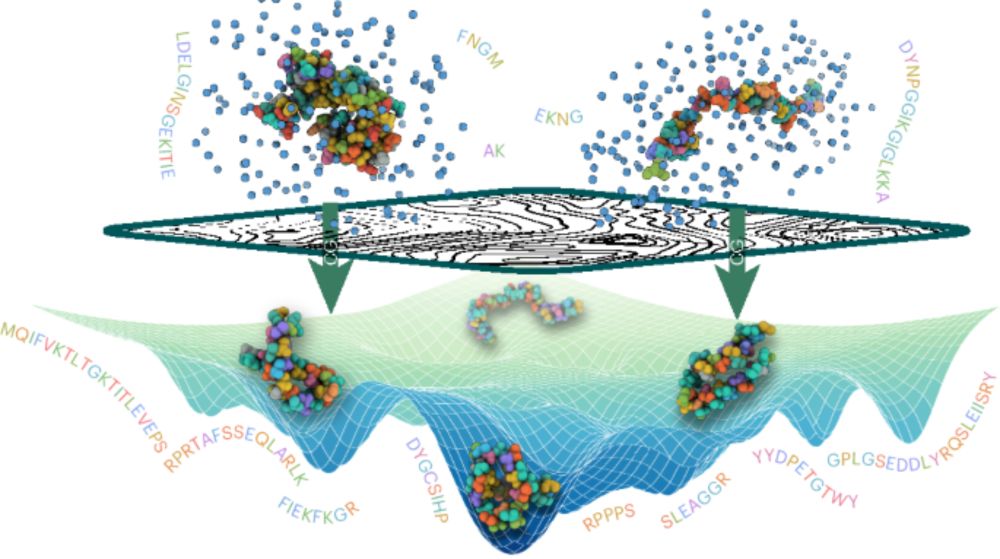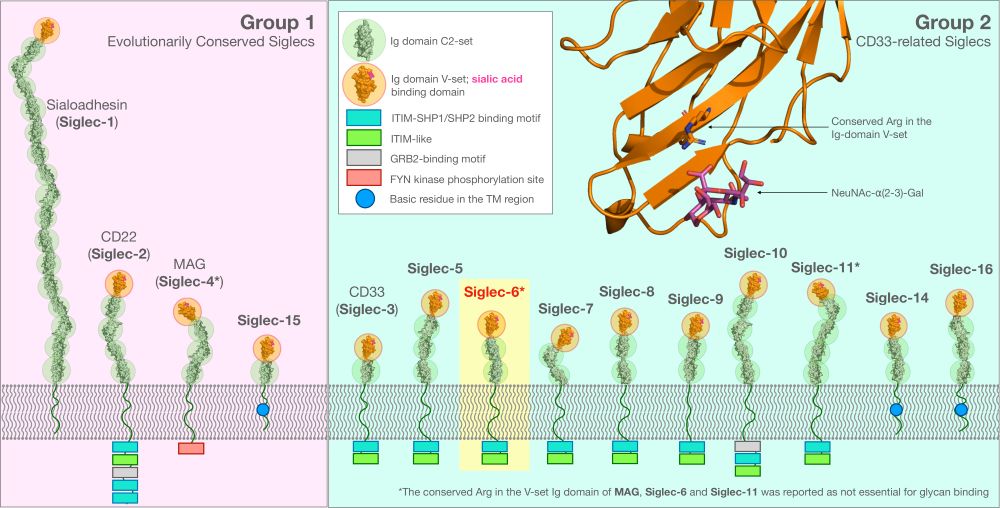We also have a fantastic line-up of invited speakers: Matteo Degiacomi, Lucie Delemotte, Weria Pezeshkian, Mohsen Sadeghi & Ilpo Vattulainen
Registration: aias.au.dk/events/show/...
We also have a fantastic line-up of invited speakers: Matteo Degiacomi, Lucie Delemotte, Weria Pezeshkian, Mohsen Sadeghi & Ilpo Vattulainen
Registration: aias.au.dk/events/show/...
www.sciencedirect.com/science/arti...
Using 16 (!) cryo-EM structures, we uncovered how the three proteins coronin, cofilin and AIP1 work together to rapidly disassemble actin filaments.
www.sciencedirect.com/science/arti...
Using 16 (!) cryo-EM structures, we uncovered how the three proteins coronin, cofilin and AIP1 work together to rapidly disassemble actin filaments.
www.biophysics.org/news-room/er...

www.biophysics.org/news-room/er...

It reveals that M. tuberculosis depends on inorganic sulfate import to survive inside host cells—fueling essential processes such as redox balance and stress resistance.
Huge congrats to Wendy & colleagues!
shorturl.at/WbFQC

It reveals that M. tuberculosis depends on inorganic sulfate import to survive inside host cells—fueling essential processes such as redox balance and stress resistance.
Huge congrats to Wendy & colleagues!
shorturl.at/WbFQC

www.nature.com/articles/s41...

www.nature.com/articles/s41...
If you are interested in plasma membrane labeling, see the paper! 👇
pubs.rsc.org/en/content/a...
If you are interested in plasma membrane labeling, see the paper! 👇
pubs.rsc.org/en/content/a...
Please send your CV, and a statement of research interests via email.
www.biomemphys.nat.fau.de/jobs/

Please send your CV, and a statement of research interests via email.
www.biomemphys.nat.fau.de/jobs/
www.sciencedirect.com/science/arti...

www.sciencedirect.com/science/arti...
We studied the opening process of ADAM10 enhanced sampling MD, MSM and Fluorescence microscopy!
Let us know what you think about it 😁
www.biorxiv.org/content/10.1...

We studied the opening process of ADAM10 enhanced sampling MD, MSM and Fluorescence microscopy!
Let us know what you think about it 😁
www.biorxiv.org/content/10.1...

If you like MD simulations, NMR spectroscopy and membranes this story will interest you 😊
"How PGL finds a sweet spot in phospholipid membranes – a combined multiscale MD and NMR study"
www.cell.com/biophysj/abs...

If you like MD simulations, NMR spectroscopy and membranes this story will interest you 😊
A coarse-grained model for simulations of phosphorylated disordered proteins
(aka parameters for phospho-serine and -threonine for CALVADOS)
is now published in Biophysical Journal
authors.elsevier.com/a/1lTcE1SPTB...
@asrauh.bsky.social @giuliotesei.bsky.social & Gustav Hedemark
A coarse-grained model for simulations of phosphorylated disordered proteins
(aka parameters for phospho-serine and -threonine for CALVADOS)
is now published in Biophysical Journal
authors.elsevier.com/a/1lTcE1SPTB...
@asrauh.bsky.social @giuliotesei.bsky.social & Gustav Hedemark
"Fast Parameterization of #Martini3 Models for Fragments and Small Molecules" is now on #bioRxiv
👉 doi.org/10.1101/2025...
#AutoMartiniM3 – tool for automated #CG modeling. With @matthchavent.bsky.social, @tbereau.bsky.social and others.
#CoarseGraining #MD #DrugDiscovery

"Fast Parameterization of #Martini3 Models for Fragments and Small Molecules" is now on #bioRxiv
👉 doi.org/10.1101/2025...
#AutoMartiniM3 – tool for automated #CG modeling. With @matthchavent.bsky.social, @tbereau.bsky.social and others.
#CoarseGraining #MD #DrugDiscovery
I am so proud of my group for this work! Particularly first authors Nick Charron, Klara Bonneau, Aldo Pasos-Trejo, Andrea Guljas.

I am so proud of my group for this work! Particularly first authors Nick Charron, Klara Bonneau, Aldo Pasos-Trejo, Andrea Guljas.
doi.org/10.1038/s414...


"Hsp110 Nucleotide Exchange Factors may amplify Hsp70-disaggregation by enhanced entropic pulling"
www.jbc.org/article/S002...

"Hsp110 Nucleotide Exchange Factors may amplify Hsp70-disaggregation by enhanced entropic pulling"
www.jbc.org/article/S002...
Application info: klem-research-group.github.io/join/
♻️ Please share with anyone who might be interested! #chemjobs #postdoc #compchem #biochemistry #enzymes

Application info: klem-research-group.github.io/join/
♻️ Please share with anyone who might be interested! #chemjobs #postdoc #compchem #biochemistry #enzymes
Et hop un nouveau preprint sur lequel j'ai beaucoup aimé travailler avec les copains de Marseille dont @sebdementin.bsky.social et Olivier.
C'est Marseille-Lausanne connexion bébé.
www.biorxiv.org/content/10.1...

Et hop un nouveau preprint sur lequel j'ai beaucoup aimé travailler avec les copains de Marseille dont @sebdementin.bsky.social et Olivier.
C'est Marseille-Lausanne connexion bébé.
www.biorxiv.org/content/10.1...

Here ⬇️ we show how human Siglecs act as molecular precision tools, recognising the glycan and also the biological environment (or context) these glycans are found in. A 1/5 #glycotime🧵 ⬇️
doi.org/10.1101/2025...

Here ⬇️ we show how human Siglecs act as molecular precision tools, recognising the glycan and also the biological environment (or context) these glycans are found in. A 1/5 #glycotime🧵 ⬇️
doi.org/10.1101/2025...
pubs.acs.org/doi/10.1021/...

pubs.acs.org/doi/10.1021/...

